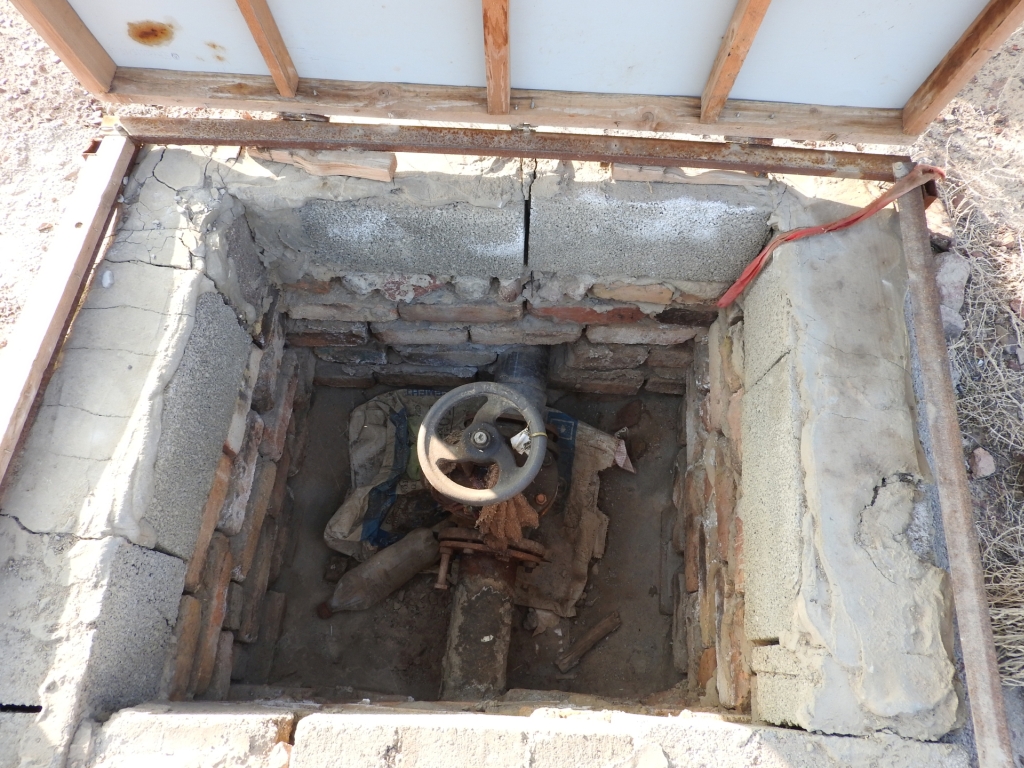Monitoreo una herramienta fundamental para evaluar la efectividad del manejo del PN Zona Marina Archipiélago Espíritu Santo
El punto de partida para las acciones de monitoreo y evaluación de cualquier Área Protegida (AP) es contar con una línea de base, es decir, un documento que describe con detalle la situación del área antes de que se implementen las primeras medidas de manejo. A partir de una línea base sólida estructurada con los indicadores pertinentes, y el monitoreo de dichos indicadores, es posible efectuar un manejo adaptativo del AP y ser susceptibles a cualquier cambio en el entorno socioeconómico, biofísico y de gobernanza.
La línea base del Parque Nacional Zona Marina Archipiélago Espíritu Santo inicio 5 años antes de ser decretado como Parque Nacional, y es con esta línea base que se ha construido un programa de monitoreo submarino para el seguimiento de indicadores socioeconómicos gobernanza y biofisicos.Usuarios de los recursos pesqueros, Patrones de uso de los recursos pesqueros, Conocimiento acerca de la historia natural de los recursos pesqueros, Número y Naturaleza de los mercados, Caracterización y nivel de amenazas de los recursos, Conocimiento acerca de las regulaciones pesqueras y ambientales, Análisis de abundancia, riqueza, diversidad y equidad de los peces e invertebrados en el área marina de Espíritu Santo, Distribución y complejidad de los hábitats.
Una línea base sólida de información biofisica, socioeconómica y de gobernanza es fundamental para el monitoreo de los indicadores de evaluación de la efectividad del manejo del área protegida.
Aspectos relevantes y lecciones aprendidas:
1. La construcción de las lineas base requieren una importante participación de la academia, centros de investigación, organizaciones de la sociedad civil, pescadores, habitantes de las comunidades y usuarios
2. Utilizar también en la construcción de las lineas base, toda la información disponible que sea verificable
3. Es fundamental la contrucción de lineas base con series de tiempo que cubran las historias de vida de los aspectos biológicos, a fin de que queden cubiertos las etapas de reproducción, alimentación de las especies relevantes
4. Las lineas base de aspectos socioeconómicos y de gobernanza deben actualizarse continuamente, considerando para ello los procesos sociales locales y económicos regionales que pudieran impactar
